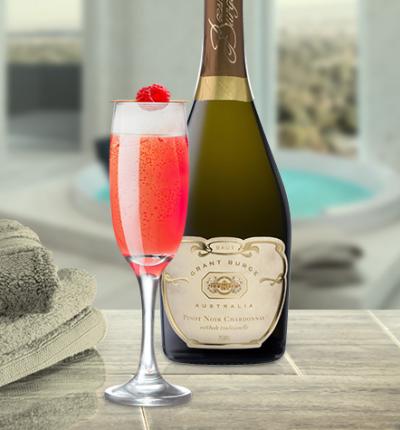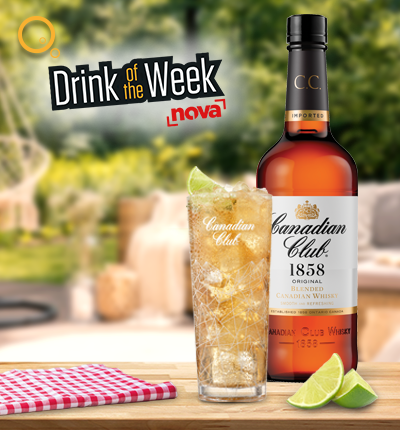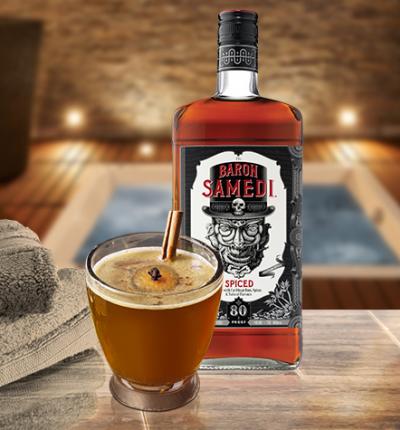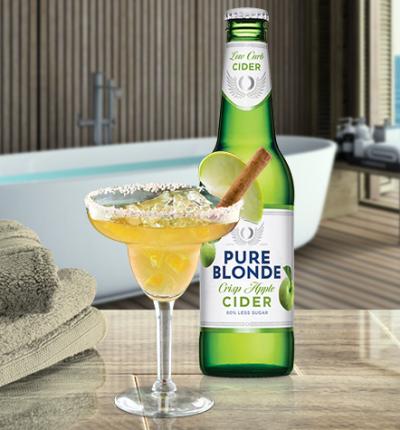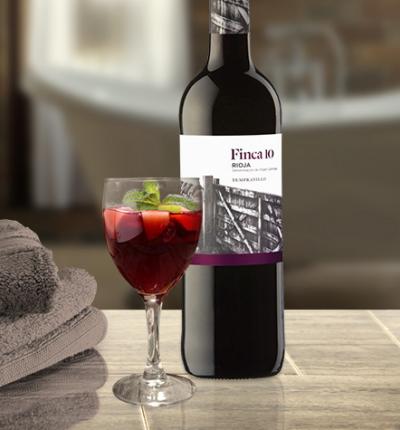You are here
Types Of Champagne & Sparkling
Types Of Champagne & Sparkling
One of the first questions many people will ask when it comes to Champagne and sparkling wine is, what's the difference? To the people of the Champagne region in France, who rigorously defend their namesake and also claim as their own the world famous Dom Perignon, they might tell you 'everything'. But in fact, the real difference is the types of grapes used to produce the wine, the region and its soil type in which the grapes are grown, and the method used to produce the bubbles in the wine.
Champagne
There is really only one method used to make true Champagne, and in French it's known as 'méthode champenoise'. This method lets the wine naturally ferment inside the bottle, whereas other methods, such as the Charmat process popular in Italy, uses large vats that can withstand the pressure build up of the fermentation stage. The bubbles found in Champagne, as is also the case with sparkling wines, come from carbon dioxide, and was once viewed as an undesirable trait in wine. In fact, Dom Perignon, the man largely attributed for inventing champagne, was charged by his superiors in the Abbey of Hautvillers to try and rid the bubbles from the wine.
Champagne was often cloudy in appearance, due to the left over dead yeast particles known as 'lees', until Madame Clicquot pioneered a technique known as riddling in 1816. Riddling is a process of turning the bottles and tilting them at an increasing angle to encourage the lees to the top of the bottle, after which time the settled lees and the cork is frozen. The cork and lees are removed in a process known as disengagement, which is a highly skilled process that must minimise the removal of wine. Then, a combination of sugar and extra wine, as well as sulfur dioxide for preserving, is added before the final cork is inserted.
According to French law, non-vintage Champagne must be aged for a minimum of 1.5 years. When an exceptional vintage is declared, the minimum is extended to three years, although many wine makers often extend this between 6-8 years. Some Champagne makers only produce champagne from certain grape harvests.
The grape varieties used in Champagne are typically a blend of Chardonnay, Pinot noir and Pinot Meunier. Unlike the grape harvests used for other wines, Champagne grapes are picked earlier, when there is less sugar present. Many harvests are still picked by hand, as great care has to be taken to minimise grape skin damage, which affects the wine.
Sparkling Wine
The term 'sparkling wine' is used to describe almost any other carbonated wine produced outside the Champagne region, and can be created using a method similar to méthode champenoise, the Charmat process or the transfer method. This last method follows méthode champenoise in that it goes through a primary fermentation process in the bottle, after which it is transferred to a large vat where it is filtered. This method also allows wine makers more control over blending, which can create a wine of greater complexity. Another method commonly used for cheaper sparkling wines involves a direct carbon dioxide injection, which is illegal in France.
Many sparkling wines, as with Champagne, are created from grapes grown in cold climates. In Australia, the cold climate wines of Tasmania are becoming increasingly well known throughout the world, and Australia's sparkling Shiraz is also fast growing in popularity.


